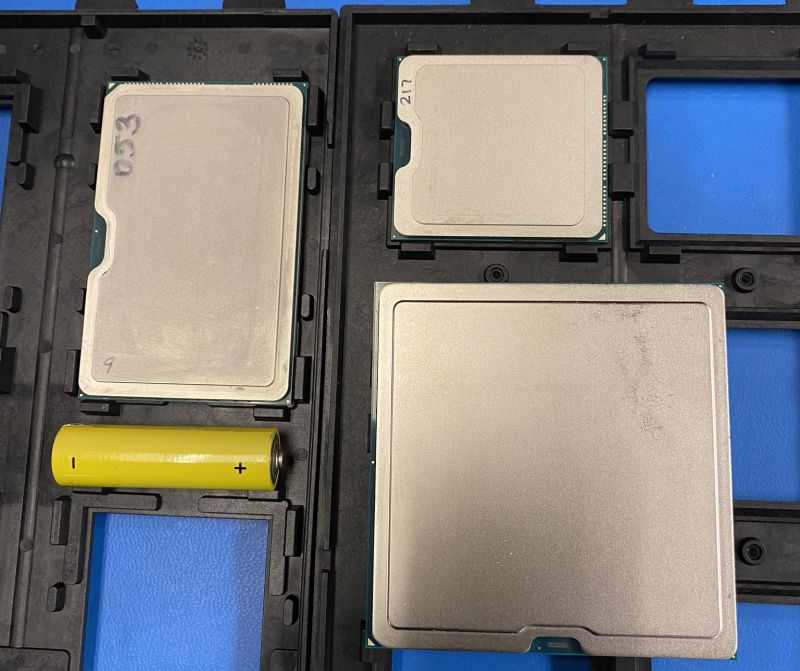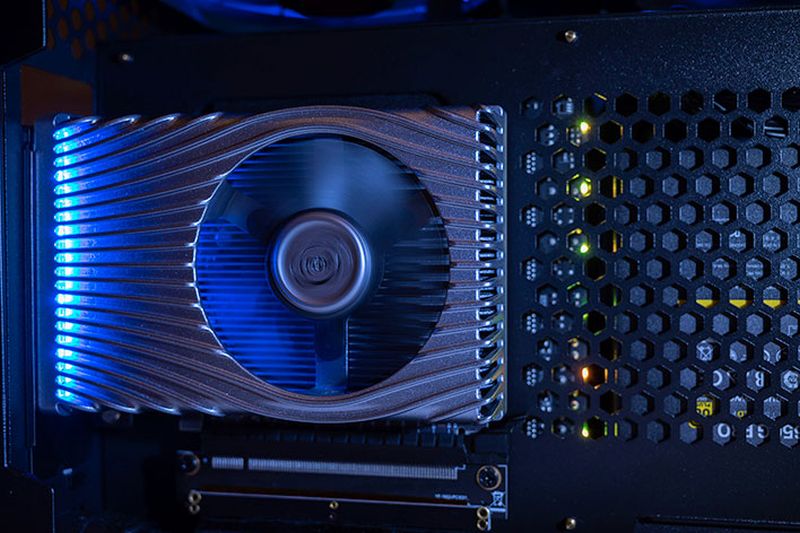Hardware accelerated ray-tracing is a feature that only NVIDIA’s GeForce RTX series graphics cards have at current, but it’s also a feature AMD will soon be introducing with its upcoming “Big Navi”, RDNA2-powered GPUs. Not wanting to miss out on the action, it seems that even Intel could soon be getting in on the ray-tracing action with its Xe GPU as well.
News of Intel’s entry into hardware accelerated ray-tracing first popped up on the popular leakster site, Videocardz. At current, the semiconductor maker’s XE GPU exists in three pillars: Xe-LP for graphics efficiency, Xe-HP for scalability, and Xe-HPC for compute efficiency. In the case of hardware accelerated ray-tracing, the brand could introduce a fourth sub-architecture, Xe-HPG.

Not a lot is known about the fourth pillar, but rumours suggest that whatever the cards that come out of the Xe-HPG architecture would also be based around the GDDR6 graphics memory standard, and that it will be made to cater for enthusiast-class PC gamers. Beyond that, no additional details about the card’s performance exists.
On another note, don’t expect to see Intel’s new GPU anytime soon. At this stage, the company says that a working unit would only be ready by 2021 at the earliest, but as these things usually go, Intel could push that date back further if things don’t go its way.
(Source: Videocardz)
Follow us on Instagram, Facebook, Twitter or Telegram for more updates and breaking news.



